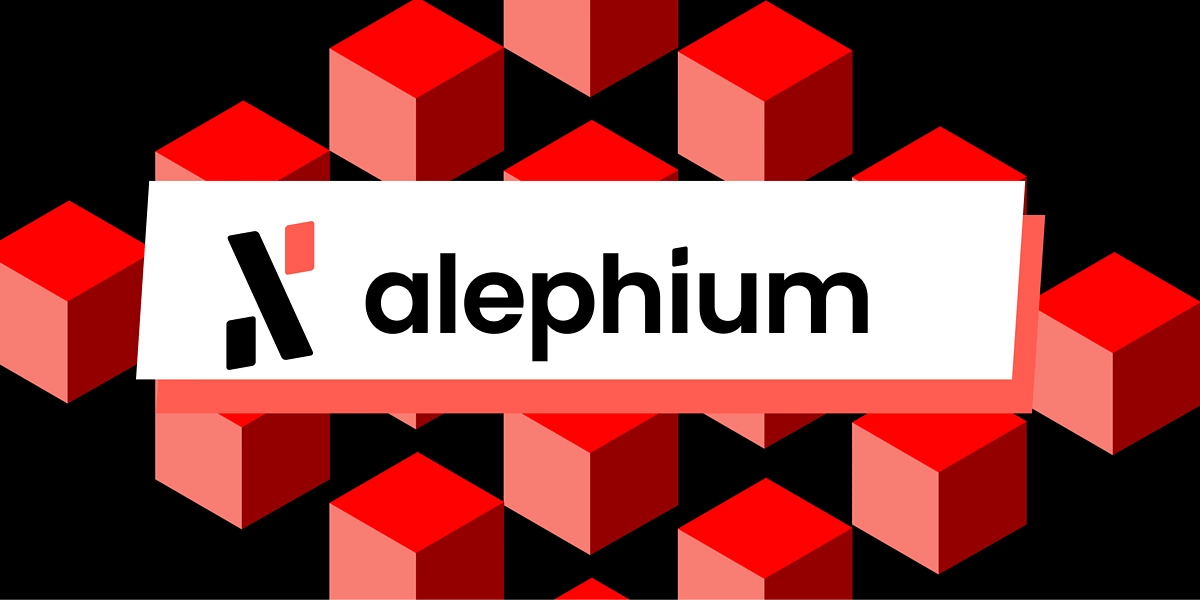Building Decentralized Apps with Alephium: A Beginner’s Developer’s Guide
Alephium is a distinctive blockchain with decentralization, security, and speed being the priorities. It is the developer’s first preference when developing dApps. Alephium is also well equipped with great tools, with the Ralph scripting language being just the tip of the iceberg. In this guide, you’re about to be taught how to develop dApps using Alephium.
Why Choose Alephium for dApps
Before we continue, let’s see how Alephium is excellent at dApps development. It can handle as many as 10,000 transactions per second using BlockFlow sharding, which is great for rapid apps. It combines Bitcoin’s security with the flexibility of Ethereum using the low-energy method of the Proof of Less Work (PoLW). Ralph is the codebase for low-latency as well as secure writing of the smart contracts using Alephium. With these, developers can rapidly create functional apps like DeFi as well as NFTs.
Getting Started: Things You’ll Need
To build a dApp using Alephium, you would require a set of things:
-
Core Blockchain Knowledge: Be familiar with smart contracts, transactions, and how decentralized networks work.
-
Development Toolset: Work with a code editor like Visual Studio Code, Node.js, and the command line.
-
Alephium Wallet: Download the Alephium Chrome or Firefox Extension Wallet to engage with the chain as well as to process testnet ALPH tokens.
-
Git and GitHub: How to use version control as Alephium code is at GitHub.
Step 1: Getting Acquainted with Ralph, the Smart Contract Language
Ralph is Alephium’s Rust-based language. It is minimal, efficient, and secure. It also steers clear of the common errors. Below is a minimal example of a smart contract that distributes tokens to the users:
-
Contractdeclares the smart contract. -
pub fnis a public method that callers can use. -
assert!verifies the limit of the withdrawal. -
transfer_token!transmits tokens.
Step 2: Install Your Development Environment
Alephium gives the simplicity of dApps at the tip of your hand. Here’s how:
-
Install the Alephium CLI: execute the command
npm install -g @alephium/cli -
Select a Template: Pick a starting template from GitHub, such as:
-
Node.js Backend dApps Template
-
Next.js Full Stack dApps Template
-
React Template for Frontend
-
-
Clone the template: Do the following:
-
Install Dependencies: Navigate to your project directory and execute the command
npm install -
Set Up the Network: Configure the config file to use the Alephium testnet or local node.
Step 3: Write & Deploy Your Smart Contract
Now, create the smart contract with Ralph. Save the file in the directory with the .ralph file ending (e.g., Faucet.ralph). Then:
-
Compile the Contract: Run
alephium-cli compile -
Deploy to the Testnet: Deploy using
alephium-cli deploy
With the private key from your wallet. -
Test the Agreement: Engage with it using the Alephium Web3 SDK. An example code is given here in Node.js:
Step 4: Build the dApp Frontend
To create a user interface for dApps:
-
Connect the Wallet: Employ the Alephium Wallet’s JavaScript API to enable the signing of transactions.
-
Call the Contract: Create a button to call the withdraw method and display results.
-
Run the Application: Start the server with the command
npm run dev
and run the app athttp://localhost:3000
Step 5: Test And Improve
Test your dApp using Alephium’s testnet. Make use of the Alephium Explorer for checking the transactions. Minimise code cost with Ralph.
Real-World Example: A Decentralized Faucet
Visualize your dApp. Users log onto your website, connect their wallets, and request tokens. The smart contract ensures smooth operation with minimal withdrawals, and Alephium’s sharding ensures lightning-fast transactions.
Join the Alephium Family
Once you have created your dApp, let the world see it! Share the project with the great-alephium GitHub repository. Ask the community for suggestions, or seek more support through Alephium’s Grant & Rewards program.
Affordable Remote Crypto Mining – Start Today
Conclusion
Building dApps with Ralph is easy and streamlined with developer experience, security, and agility at the forefront. It doesn’t matter how you’re building a system – be it a DeFi system, an NFT market, or whatever else; Alephium is the set of tooling for the job. Start today, explore the docs, use a template as a base, and build here.


